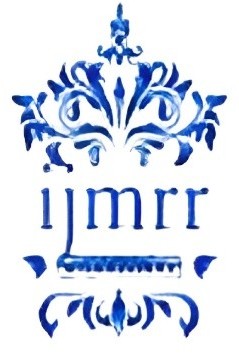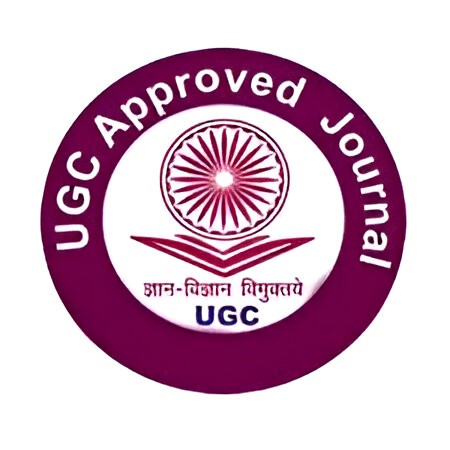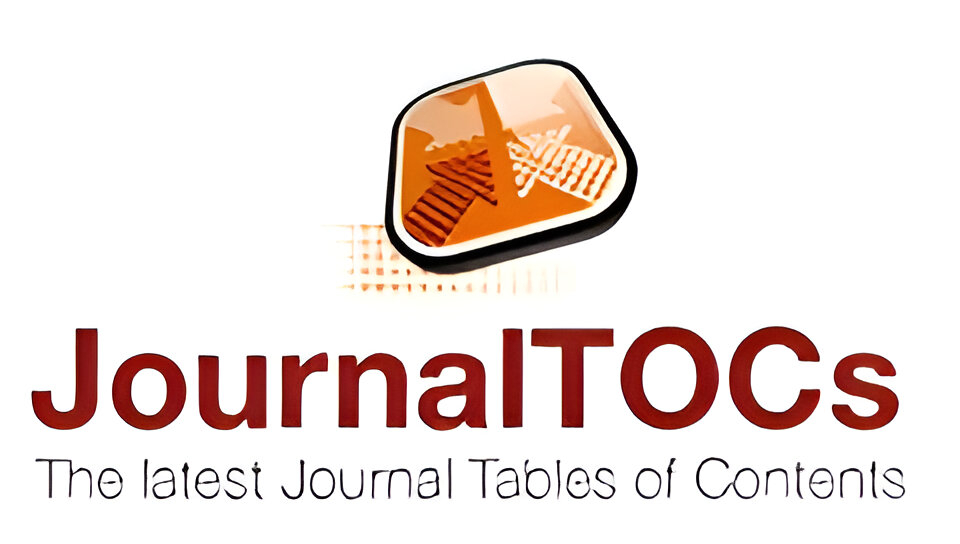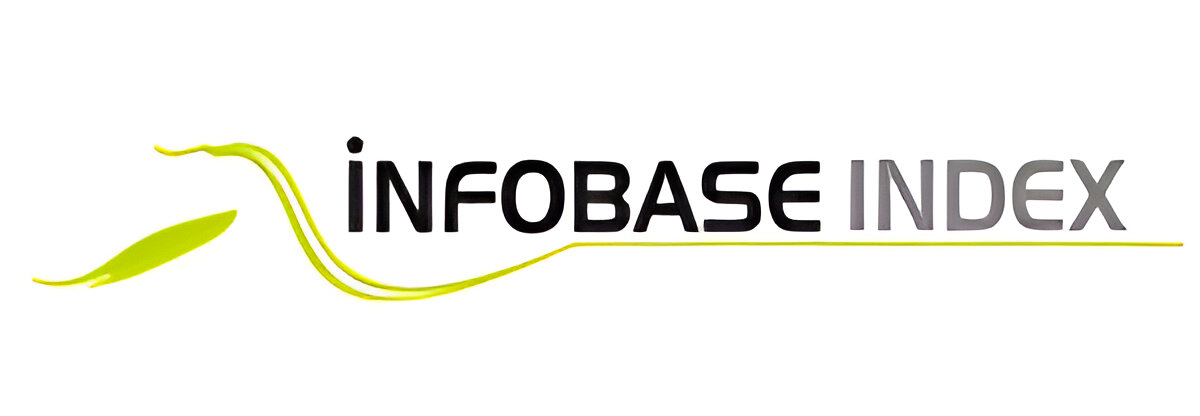A Study On Risk And Return Analysis Exchange Traded Funds” At Motilal Oswal Financial Services Pvt Ltd
Abstract
The Indian financial market has witnessed a rapid rise in passive investment instruments, particularly Exchange Traded Funds (ETFs), which offer a cost-effective and diversified approach to wealth creation. This study focuses on analyzing the risk and return characteristics of selected ETFs over a five-year period (2020–2024). The ETFs considered include equity-based and commodity-based funds to provide a balanced comparative analysis.
The research aims to evaluate the performance of five prominent ETFs: Motilal Oswal Nasdaq 100 ETF, Nippon India Nifty 50 ETF, ICICI Prudential Gold ETF, SBI ETF Sensex, and UTI Nifty Next 50 ETF. The study uses key financial metrics such as average return, standard deviation, beta, CAGR, Sharpe ratio, and Treynor ratio to assess both absolute and risk-adjusted returns.
Findings reveal a strong positive correlation between risk and return across the selected ETFs, with Motilal Oswal Nasdaq 100 ETF delivering the highest return but also exhibiting the highest volatility. In contrast, ICICI Prudential Gold ETF offered lower returns with significantly reduced risk, showcasing its value as a safe-haven asset. Risk-adjusted performance tools like the Sharpe and Treynor ratios help in identifying the best-performing ETFs from a volatility standpoint.
The study concludes that ETFs are versatile instruments suitable for investors with varying risk appetites. A well-diversified portfolio combining both high-growth and low-risk ETFs can help optimize returns while minimizing risk exposure. The research highlights the growing relevance of ETFs in India’s investment landscape and provides valuable insights for both retail and institutional investors.











